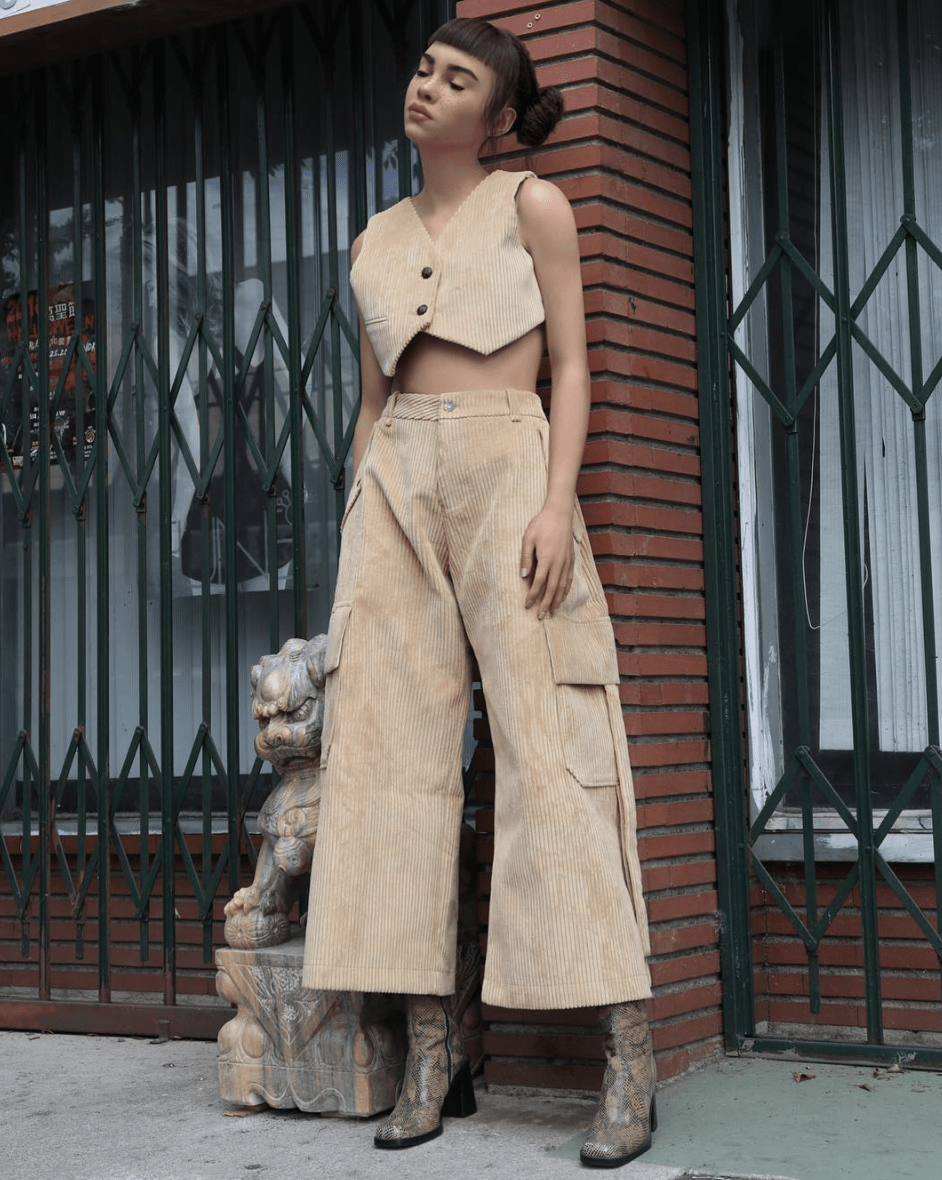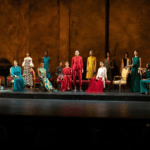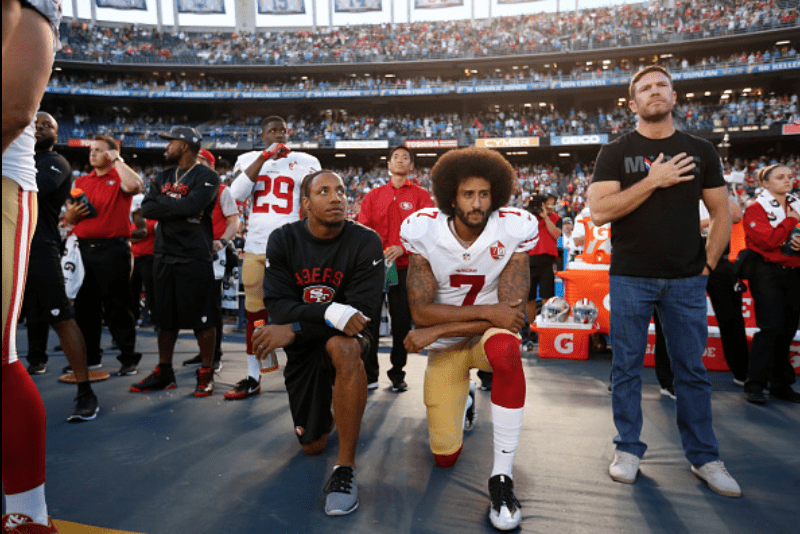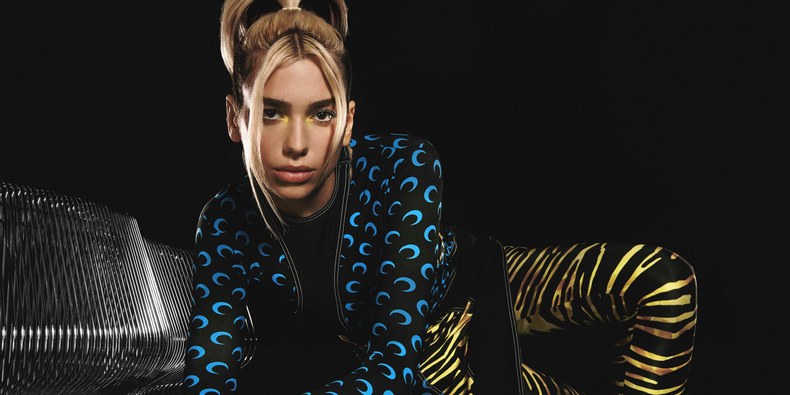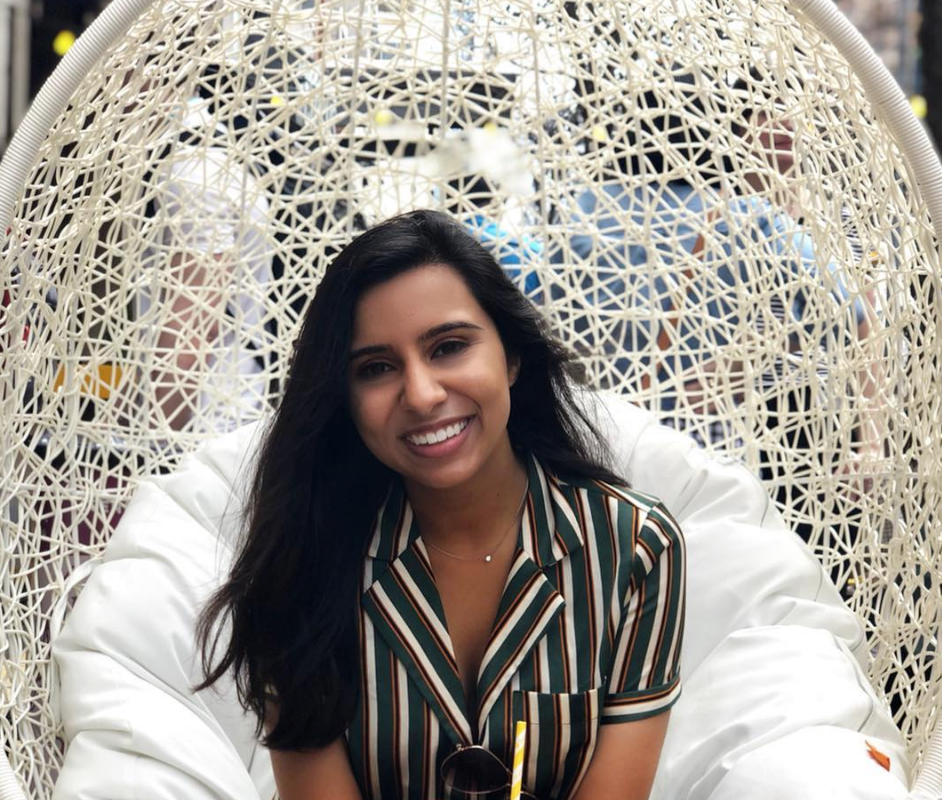By: Ellie King
Miquela Sousa, 19, also known as Lil Miquela, is living the Instagram life that most people can only dream of. The Brazilian-American influencer splits her time between New York City and Los Angeles. She wears brands like Supreme and Chanel, is photographed at the trendiest restaurants, and just released her third single on Spotify called Hate Me. She loves engaging with her audience and posts on Instagram almost daily so her million-plus followers can see what she’s up to.
https://www.instagram.com/p/BqtOMjun0p_/
“I’ve made so many meaningful relationships through Instagram,” Miquela said in an April 2018 email interview with Financial Times. “I’ve had such positive responses and comments to my posts and stories. I have been able to work with some of my fashion idols and travel to new exciting places all because of those interactions.”
But Lil Miquela’s most alluring quality? She’s not real.
Lil Miquela is a robot created by a Los Angeles-based startup company called Brud, who also created her lesser-known accomplices @Blawko22 and @BermudaisBae. Since Miquela’s creation, other robotic and digital models have entered the scene, including Shudu Gram, Lightning, and Noonoouri.
These models are the new faces of the fashion industry. They are able to collaborate with brands, generate buzz, and build a following just like any human model or influencer. Fashion designer and fashion theorist Elif Kavakci covers the digital model trend in her SMU Fashion Media class. “When we look at these computer-generated models, it’s a reflection of how technology has basically taken over our lives,” she said. “So in that sense, there’s constant changes that we see with new developments of technology and cultural impacts that change our understanding of what beauty is and what a body should look like.”
“I think it’s creepy because they’re not real people, yet they have a huge following and it makes me scared for the future. I don’t want our world to be run by AI,” says Karley Kampf, an SMU fashion media major.
Like it or not, the fashion industry is now forced to confront the reality of human models competing with robots, which are physical machines, and computer-generated models, which are solely digital-based.
“This trend now impacts our daily life,” Kavakci said. “Instead of using supermodels or models, whose job is to promote clothes and make money, someone who is tech-savvy can put together an image and collaborate with a brand. That person is shifting the role that models play in this industry and it impacts their profession.”
Unlike human models, digital models work for free and can be on 24/7. By using digital models, brands don’t have to spend money hiring models, renting spaces for photo shoots, and paying hair and makeup artists. Virtual models can be any shape, size, or color and can be manipulated to do whatever, wear whatever, and be wherever a brand imagines.
“It’s cool, it’s different, it’s new, it’s something that’s never been done before, and consumers and the general public are always looking for the new thing in fashion,” she says.
Beauty brands have also utilized digital models instead of human models to promote their makeup products. Most famously, Rihanna posted a picture of the virtual model, Shudu, wearing her company’s Fenty Beauty lipstick. Because of her digital nature, the dark-skinned model was easily able to penetrate the beauty industry by representing a skin tone that is often not otherwise shown.
https://www.instagram.com/p/BbugGc9Fl8i/
Alexandra Davis, a senior at SMU, started following Shudu on Instagram this summer.
“I found her account on the Fenty Beauty Instagram page and honestly, I thought she was real for the longest time,” said Davis. “I just thought she was like any other model. I follow a bunch because I like to see what products they’re using and what they’re wearing.”
Digital models are also perfect candidates for brands looking for influencers.
According to a study by Collective Bias, 30 percent of consumers are more likely to buy a product recommended by a non-celebrity influencer. Brands that collaborate with digital models are able to reach and persuade their audience through a new medium.
In 2018, brands like Prada and Dior are utilizing the digital models Noonoouri and Lil Miquela instead of human ones. Louis Vuitton used the Japanese video game character, Lightning, for its campaign to promote its 2016 Spring/Summer collection.
In September, Balmain revealed a line-up of virtual models for its latest campaign. The so-called “virtual army,” consists of three models: Shudu, the world’s first digital supermodel, Margot and Zhi.
Even with all the disruption from digital models, however, employment of human models is not projected to change from 2016 to 2026, according to the Bureau of Labor Statistics . Olivia Whittaker, a model signed with Wilhelmina LA and the Dallas-based Kim Dawson Agency, works with big and small brands and believes that there is still a market for human models.
“Balmain is an established, edgy brand so it makes sense to their audience for them to do something new and innovative to stay relevant. But for something like Birdie Beauty, who I work with a lot, the audience would be weirded out,” says Whittaker.
A main reason of how the modeling industry emerged was so that clothes could be shown in movement. WIth digitized models Kavacki says, “there won’t be movement, there won’t be performance. It’s impossible to change the whole fashion industry.”


